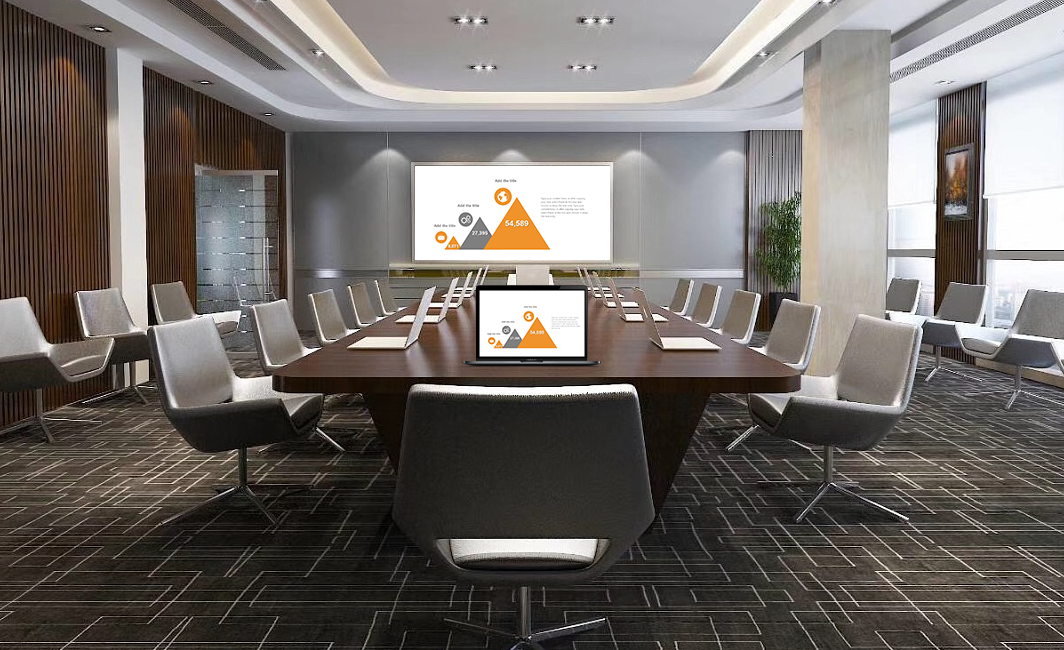Wireless screen mirroring technology is convenient, but problems may occasionally occur. Whether it’s
DLNA casting or screen mirroring, this guide helps you quickly troubleshoot and resolve issues.
Solution: Ensure your mobile phone and TV are connected to the same Wi-Fi network, and confirm that device isolation is not enabled on the network (common in corporate/school networks).
Solution: Go to your TV’s “Multi-Screen Interaction” or “Media Sharing” settings, and turn on the relevant DLNA function.
Solution: Check if devices like Chromecast are powered on and connected to the network. Ensure the device is within the effective Wi-Fi coverage area.
Solution: Update the Google Home APP to the latest version, and synchronously update the firmware of your Chromecast or Google Cast-supported device.
Solution: Connect the wireless screen mirroring device to the 5G Hz Wi-Fi band (less prone to interference than 2.4G Hz). Keep the device away from interference sources such as microwaves and Bluetooth speakers.
Solution: Pause other devices’ download tasks or high-definition video playback to free up network bandwidth for screen mirroring.
Solution: For Android phones, try using the Miracast protocol; for iPhones, you must use the AirPlay protocol. Confirm that the receiving device (TV/mirroring adapter) supports the corresponding protocol.
First check the network, then restart; protocol compatibility must be kept in mind.

